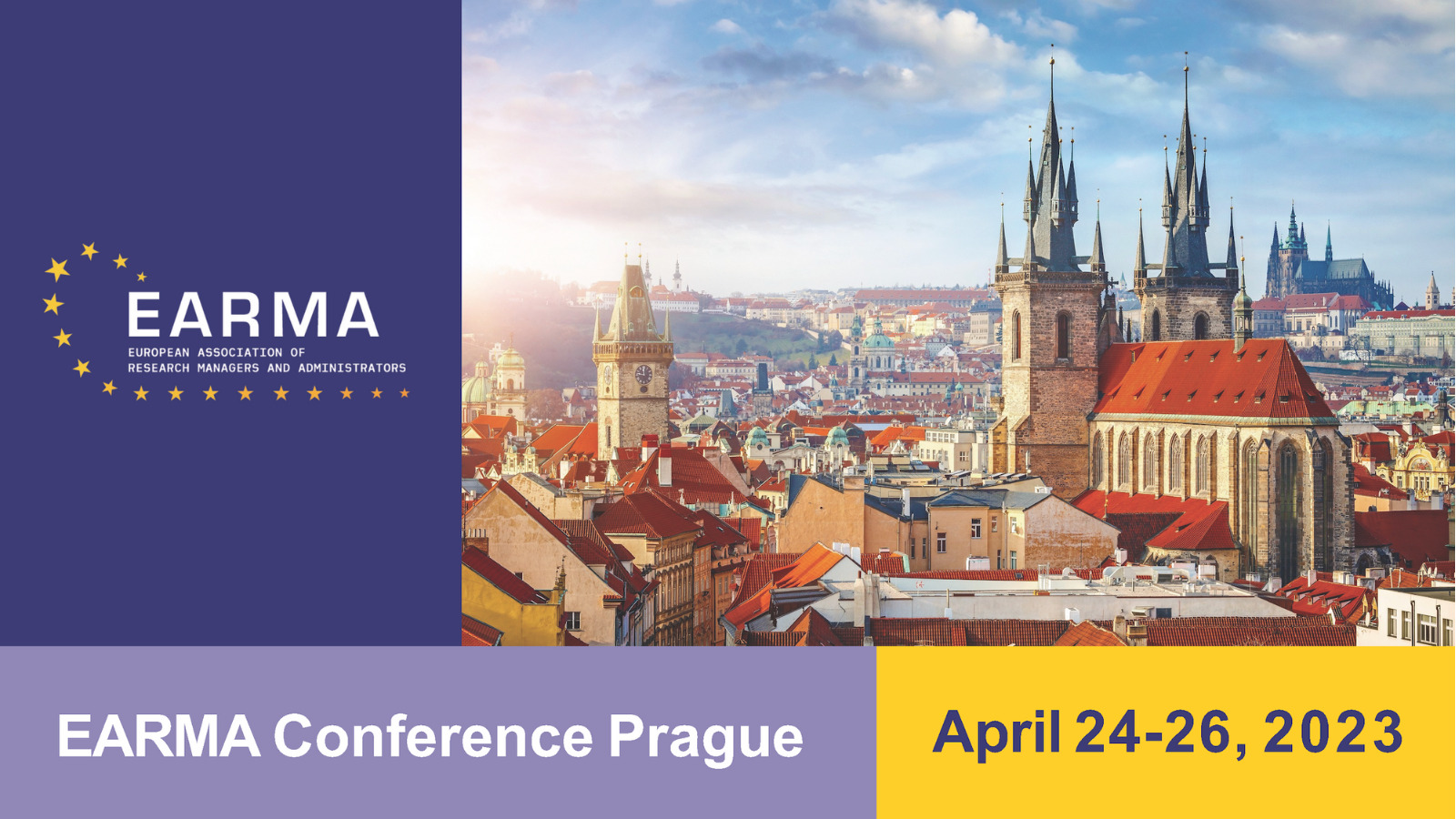The Lump Sum is in limbo - How to survive this
The RMA toolbox for lump sum grants in Horizon Europe
Conference
Format: Oral 30 Minutes
Topic: Project Management
Session: ⚽️ 2️⃣ The Lump Sum is in limbo - How to survive this by Yoram Bar-zeev
Tuesday 25 April 3:30 p.m. - 4 p.m. (UTC)
Abstract
In an effort to reduce existing complexities associated with the EU’s funding programme, Horizon Europe has expanded its use of the Lump Sum budget model (in addition to the so-far prevailing actual costs model). The plan is likely to expand its presence even more in the future.
Since Research managers and funding advisors will have to support more lump sum model grants, it is essential for them to thoroughly understand how this model works.
In that context this session will tap into the following issues:
How does Lump Sum work?
What are the unique added values of this model?
But we don’t stop here.
It is commonly perceived that lump sum grants have the potential to make the programme simpler, and perhaps to be a more effective method of financial management compared to the traditional actual costs model.
In many cases this is true, but not always…
A closer look at how the lump sum model really works unravels discrepancies, complexities and issues that anyone applying to these grants should be aware of. Even though the EC tried to ease the ‘hard’ requirements of the traditional budget reporting practice, the result is not as simple or as relaxed.
This is especially apparent when we note the EC’s communications about this model in three areas:
Budget planning in the pre-award phase. Is it simple at all?
Budget Flexibility. Is it truly flexible?
Record-keeping and potential financial audits. Are we really excused from monitoring expenses? Are we really dismissed from potential financial audits?
Therefore, if we continue to perceive this model to be simple, and oversee budget activities as such, the result can lead to financial management mistakes after all.
In line with the above, we will expand the scope of this session and address also these critical questions stemming from the lump sum model:
What do you need to know, as RMAs, to help your applicants design a suitable lump sum proposal?
How you, as RMAs, should guide the financial department of your institution to prepare to accommodate the implications of a lump sum grant?
What are the existing issues, pitfalls, and discrepancies that RMAs should be aware of?
By the end of this session, we hope to provide participants with a much more realistic understanding about the lump sum model in Horizon Europe grants and how to work with this model successfully in upcoming applications.

